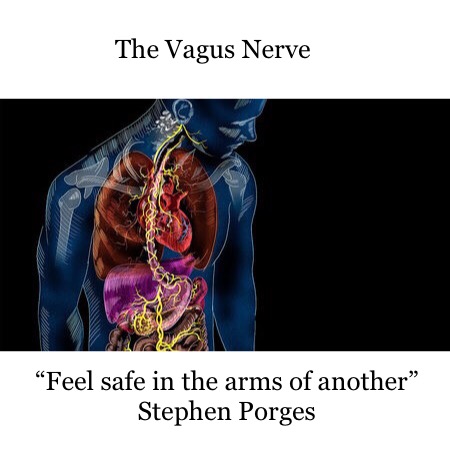By Andrew McGonigle
The Vagus nerve is the 10th cranial nerve that exits the brain directly and extends from the head to the abdomen. The word vagus means “wandering” in Latin.
80% of the fibres of the Vagus nerve are afferent, carrying sensory information to the central nervous system from our organs regarding how safe/unsafe we feel, helping us to regulate our stress response.
The Vagus nerve also innervates the muscles of the pharynx, soft palate, larynx (speech) and part of the outer ear. It supplies motor parasympathetic innervation to all of our organs (except the adrenal glands) triggering our “rest and digest” response; decreased heart rate and respiratory rate, improved digestive function, immune function and reproductive function etc.
So how do we go about stimulating the Vagus nerve?
When we inhale our heart rate increases. When we exhale our heart rate decreases. This is a natural phenomenon. So by lengthening our exhalation our heart rate slows and this is detected by the sensory component of the Vagus nerve. This tells our central nervous system that we are safe and allows the parasympathetic nervous system to be triggered.
Singing, playing wind instruments, chanting, pranayama and yoga all stimulate the parasympathetic nervous system in this way.
Invited social engagement is also key. I listened to a podcast recently featuring an expert in this field, Stephen Porges. He says “feel safe in the arms of another.” Allowing ourselves to be truly vulnerable and accepting other people’s vulnerabilities can help us to feel safe and access our parasympathetic nervous system.
Happy resting and digesting!
We cover this whole topic including a detailed look at the stress response during my applied anatomy and physiology immersions.
Andrew McGonigle will be leading a 2-day immersion this June 8th and 9th on Applied Anatomy and Physiology in our Camden studio
Find out more about Andrew here
Check out Yogahub workshops here.




